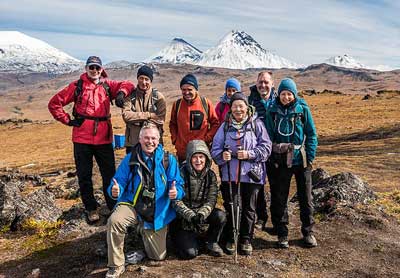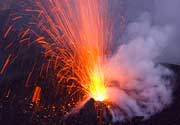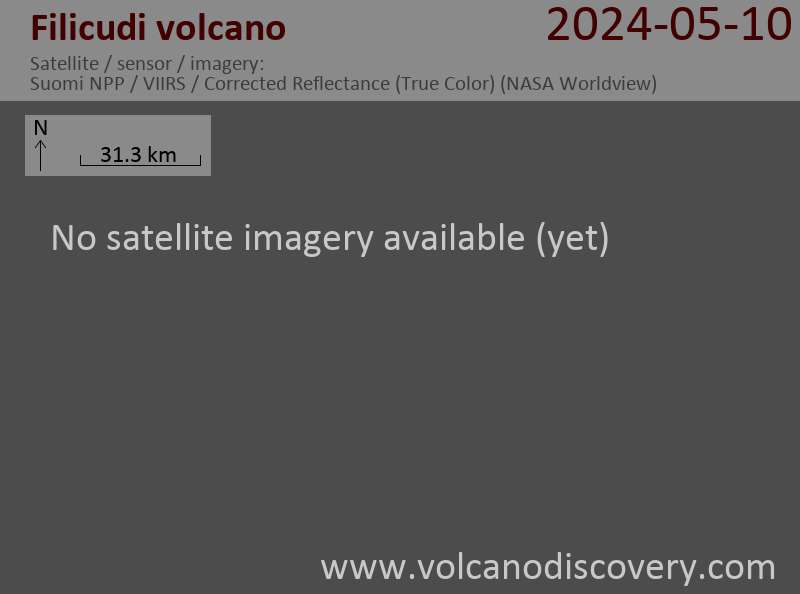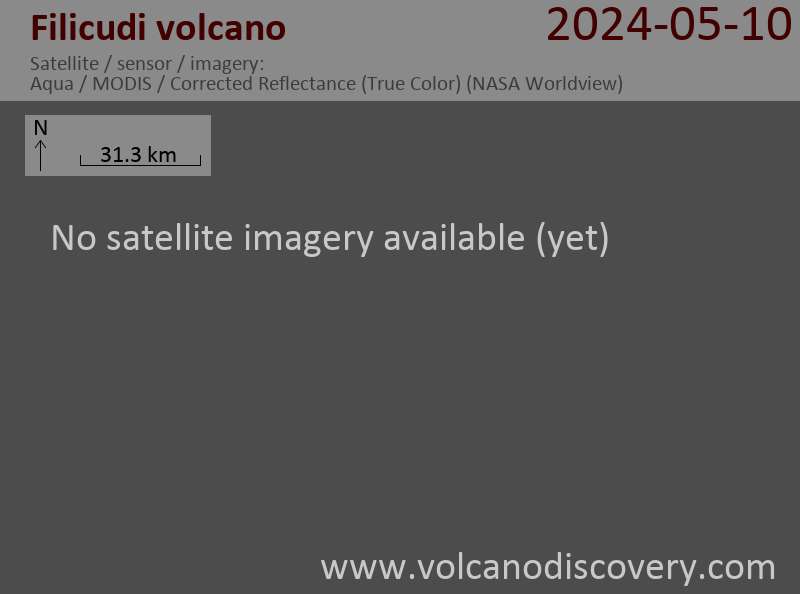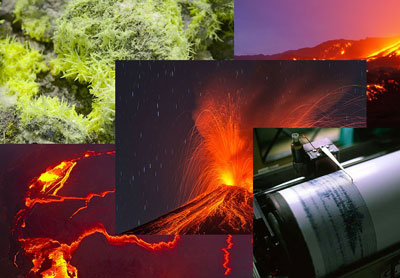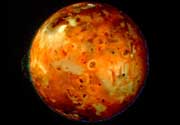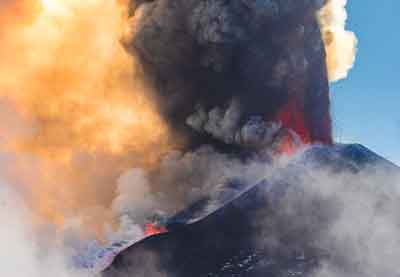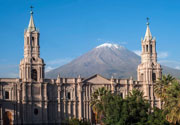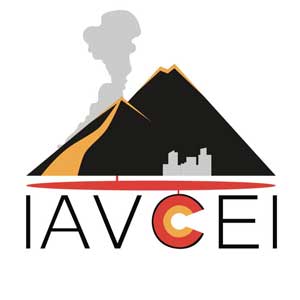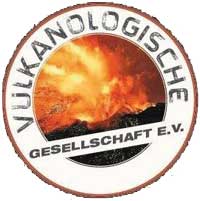Filicudi Volcano
Updated: 24. Apr. 2024 07:35 GMT -
Stratovolcano(es) 773 m / 2536 ft
Eolian Islands, Italy, 38.58°N / 14.55°E
Aktueller Status: (wahrscheinlich) erloschen (0 von 5)
Eolian Islands, Italy, 38.58°N / 14.55°E
Aktueller Status: (wahrscheinlich) erloschen (0 von 5)
[smaller] [larger]
Ausbrüche des Filicudi: None during the past 10,000 years
Less than 2.58 million years ago (Pleistocene)
Letzte Erdbeben in der Nähe
| Uhrzeit | Mag. / Tiefe | Entfernung / Ort | |||
Beschreibung
Filicudi was formed from the coalescence of eruptive centers that developed as part of a NW-SE elongated volcanic complex (Peccerillo, 2005; Guest et al., 2003). It's volcanic structures include basaltic to andesitic composite cones and dacitic domes, lava flows, and pyroclastics (Peccerillo, 2005). The Filicudi rocks also often contain igneous and metamorphic xenoliths (Peccerillo, 2005). Potassium-Argon dates of 0.170 and 0.166 million years were obtained by Capaldi et al. (1985), but Peccerillo (2005) gives a general age range of 440-40 ka. Tephrochronology indicates that the youngest eruptions occurred less than 35,000 years ago (Keller, 1989, pers. comm.). The Eruptive history is generally broken into four phases. The first (1.02 Ma) consisted of pyroclastic eruptions followed by lava flows. The second (390 ka) produced lava flows. The third is responsible for the construction of Fossa Felci, the main volcanic edifice on the island, and the production of basaltic andesitic lavas and pyroclastics. The fourth (40 ka) involved explosive activity from Fossa Felci, creating pumiceous pyroclastics (Guest et al., 2003).---
Smithsonian / GVP volcano information
Filicudi Volcano Photos
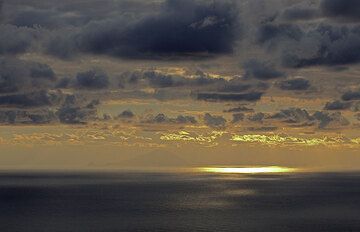
Sonnenuntergang am Stromboli - mit Blick auf Filicudi. (Photo: Tom Pfeiffer)
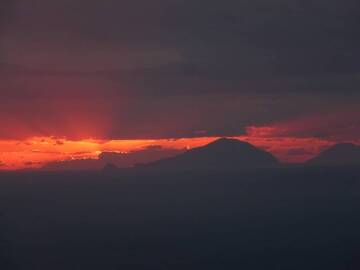
Sonnenuntergang mit der Silhouette der Eolina-Inseln Alicudi und Filicudi, betrachtet vom 400 m hohen Aussichtspunkt entlang der Sciara del Fuocco, 13. Januar 2013 (Photo...
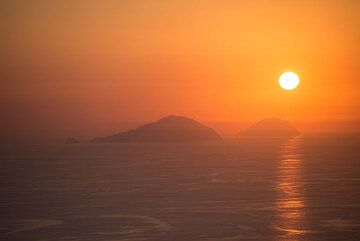
Ein wunderschöner Sonnenuntergang hinter den Inseln Filicudi (l) und Alicudi (r) (Photo: Tom Pfeiffer)
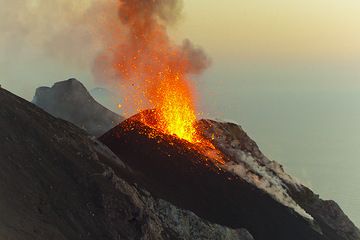
Der gleiche Ausbruch, der eine halbe Minute dauerte, wurde aus einem größeren Winkel aufgenommen, so dass der nordwestliche Hornitokegel sichtbar ist. Die kegelförmige Vu...




